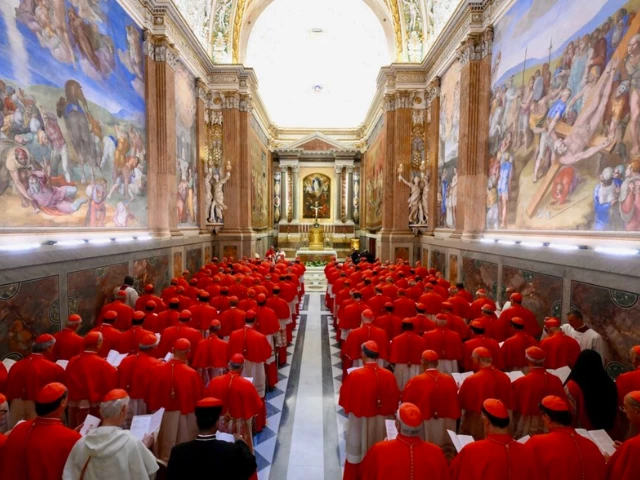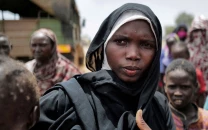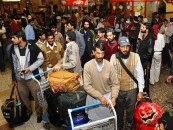No Pope chosen on Day 1 of Papal Conclave; Cardinals resume voting on Day 2
Cardinals resume voting at the Vatican after black smoke on Day 1 signals no new pope; anticipation builds on 2nd day.

Cardinals returned to the Sistine Chapel on Thursday for a second day of voting in the secretive conclave to elect the next pope, after the first day ended with black smoke — a sign that no candidate had secured the required two-thirds majority.
Roughly 45,000 people gathered in St. Peter’s Square on Wednesday, watching for the signal from the chapel chimney.
None came in the form of white smoke, which traditionally confirms that a new pontiff has been chosen.
The coming day carries heightened expectations. Both Pope Francis in 2013 and Pope Benedict XVI in 2005 were elected on Day 2 of their respective conclaves.
The 133 cardinal electors are set to cast up to four ballots per day until a successor is chosen to lead the Roman Catholic Church.
According to Vatican News, the first vote on Thursday could produce white smoke around 10:30 a.m. local time (4:30 a.m. ET).
If no pope is elected, additional signals could follow at noon, or later in the day at 5:30 p.m. or 7 p.m.
The colour of the smoke is the sole form of communication from the cardinals until a decision is made. Black means no decision; white means the world’s 1.3 billion Catholics have a new spiritual leader.
The current conclave is the largest and most geographically diverse in Church history.
Pope Francis, during his 12-year papacy, appointed cardinals from nations historically unrepresented in papal elections — including Myanmar, Bangladesh, Haiti and Malaysia — transforming the College of Cardinals into a more global body.
The conclave tradition itself dates back to 1271, after a three-year papal vacancy prompted reforms to ensure cardinals remained secluded until a pope was selected.



















COMMENTS
Comments are moderated and generally will be posted if they are on-topic and not abusive.
For more information, please see our Comments FAQ